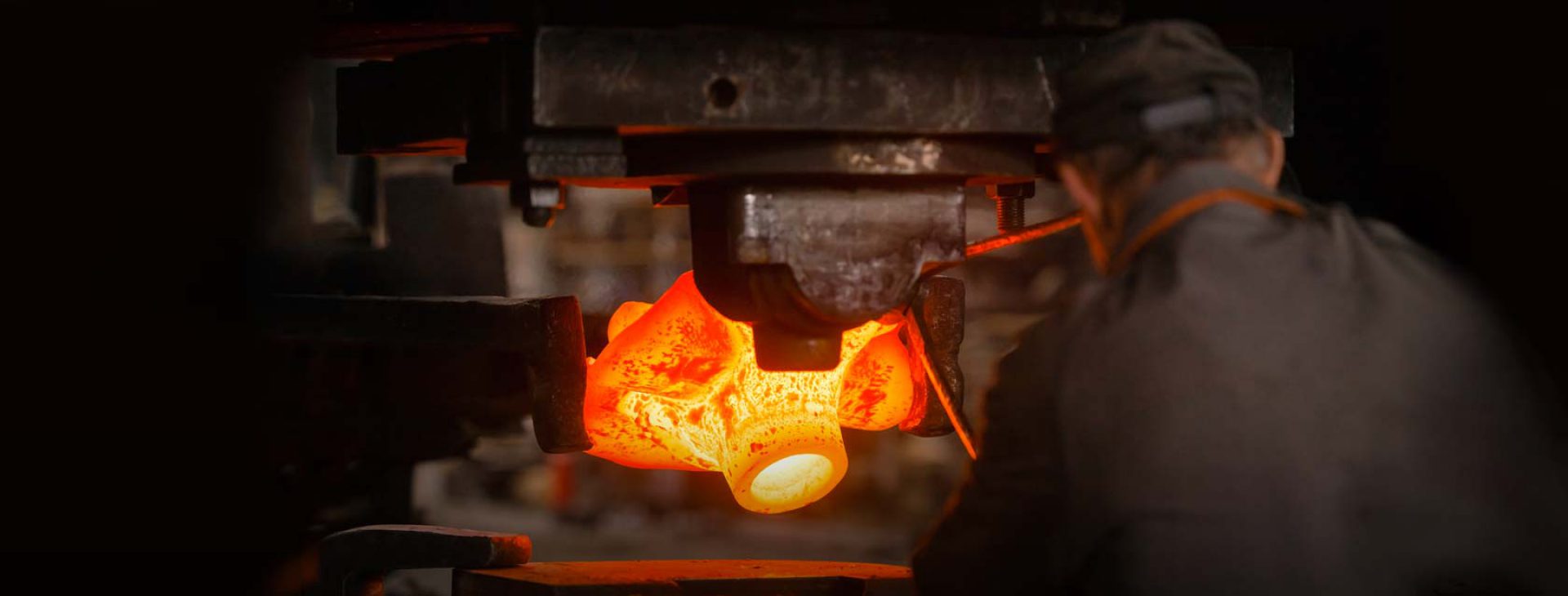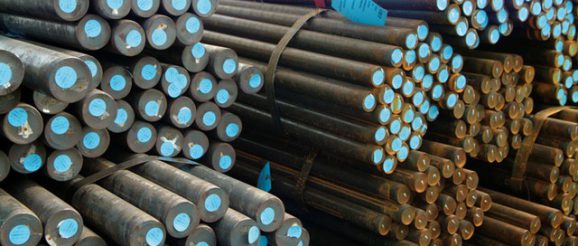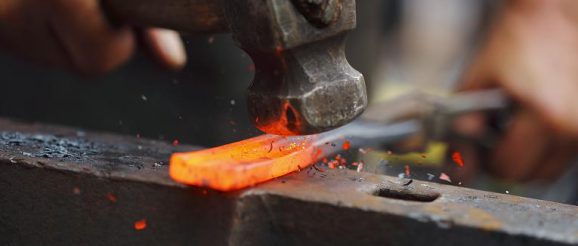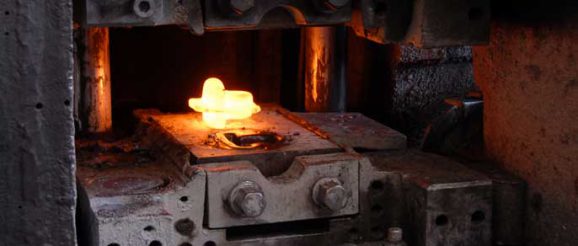Steel is one of the important metals used in industrial projects. Application of steel is based on various treatments, such as casting, forging, stamping or metal fabrication, etc. These metal forming process could all change steel material into different status according to its usage. As a prefessional steel forging manufacturer, we will briefly introduce how steel is applied in modern forging process.
Steel is an iron based alloy with small additions of carbon and other elements which impact improvements in various properties. So steel is one of the most useful metals and has the highest strength. Steels are typically composed of 95-99% iron with 0.005-1.0% carbon content. The carbon imparts strength and hardenability to the alloy. Other elements that are typically added to steel are manganese to improve hot workability; chromium and molybdenum to improve toughness and hardenability; nickel to increase strength and toughness; silicon, which is primarily a deoxidizer but can also increase strength; and aluminum, which is a deoxidizer. So steels are a very forgeable class of materials that are often chosen by our forging customers. The behavior of steel during the forging operation needs to be understood so that the best possible components are shipped to the customer.
In traditional forging process, steel was used by early blacksmith with his anvil, hammer and water, so forging is the earliset way to use steel. Modern steel forging technology is operated by using press machines or air hammers, which are powered by steam or eletricity. But the basics of today’s forging is still the same as the blacksmith in the early days.
Modern Forging process
Modern forging is operated by placing stress on the steel billets, which changes the inner grain structure and makes the steel stronger and tougher. Unlike forging in the past, today’s steel forging process is not limited in small shapes, large shape steel can also be treated, we call this process open die forging.
In side of temperature, modern forging process includes hot forging, cold forging and warm forging. In all these forging processes, temperature takes the role of changing the grain of steel structure and its properties. For example, cold forging involves forging at a low crystallization temperature, while hot forging involves forging at a higher crystallization temperature.




